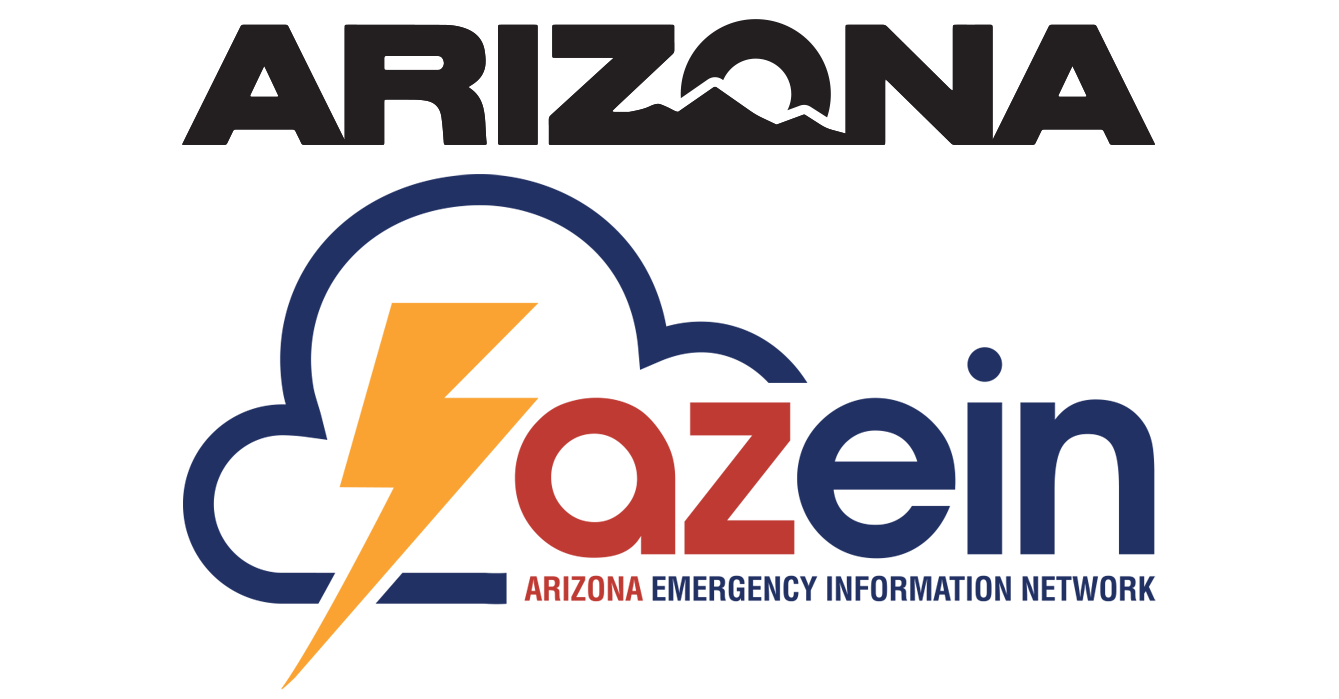Firing operations to begin today on the Lockett Fire
Fire crews will begin conducting tactical firing operations along the eastern portion of the planning area for the Lockett Fire, allowing fire to move in a slow and natural manner upslope and upwind across the landscape. Eighty personnel from the USDA Forest Service and National Park Service are currently assigned to the Lockett Fire. The fire is currently at 70 acres and the upcoming burnout operations will result in a larger footprint. The public can expect to see an increase in fire size over the coming days. It’s important to remember that an increase in acres is not an indicator of fire behavior.
Firing operations along the planning area perimeter creates a buffer of fire-treated terrain around the main body of the fire, guiding the fire’s spread and reducing opportunity for the fire to escape containment.
Ignitions are planned to begin this afternoon. Decreasing temperatures, increasing relative humidity, and increasing overnight humidity recovery have made conditions conducive to applying fire to the landscape. Ignitions today will be conducted by firing crews, with holding crews following behind to ensure fire stays within control lines.
Drive slowly and with caution along Forest Roads 307 and 310 as crews will be present and smoke may limit visibility.
Once ignitions begin, smoke will be highly visible from forest roads in the vicinity of the fire, along State Route 64/East Rim Drive within Grand Canyon National Park, and the Town of Tusayan. Winds are expected to carry smoke to the south during the day, settling into low-lying areas overnight.
Aerial ignitions are planned for tomorrow utilizing a helicopter, and a Temporary Flight Restriction (TFR) will be emplaced in the Lockett Fire vicinity for the safety of ground and air crews. Drones are not permitted in the vicinity of a wildfire as unauthorized drones pose serious risks to firefighter safety. Remember, if you fly, we can’t.
Managing naturally caused wildfires across the landscape is a very effective tool in restoring the forest to a healthier condition, and these efforts align with the Forest Service's 10-year Wildfire Crisis Strategy, which aims to increase the use of fire on the landscape as well as other treatments to improve forest resiliency for generations to come.
Additional information can be found on the Kaibab NF website, X, Facebook, Flickr, or by calling the local ranger stations.

